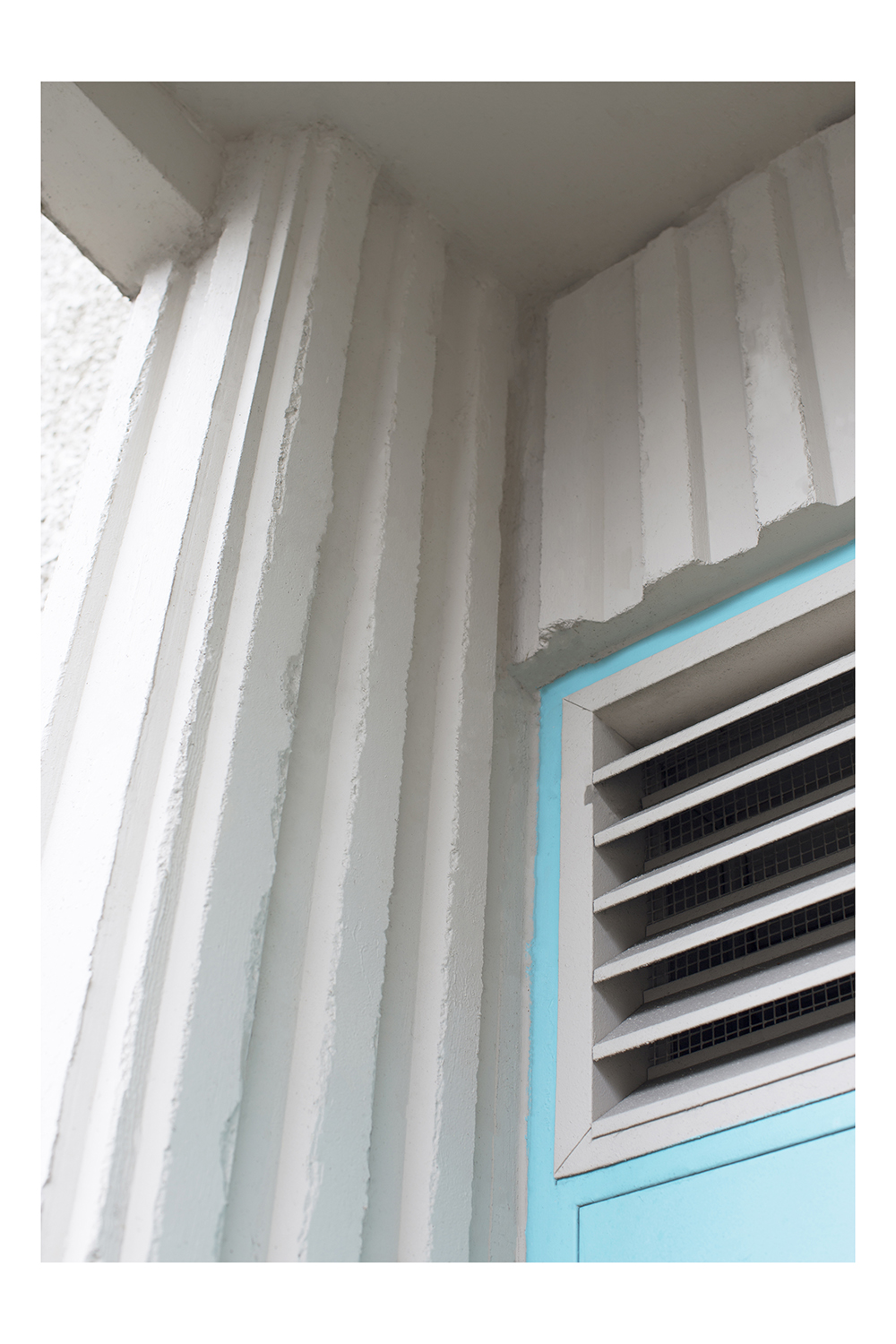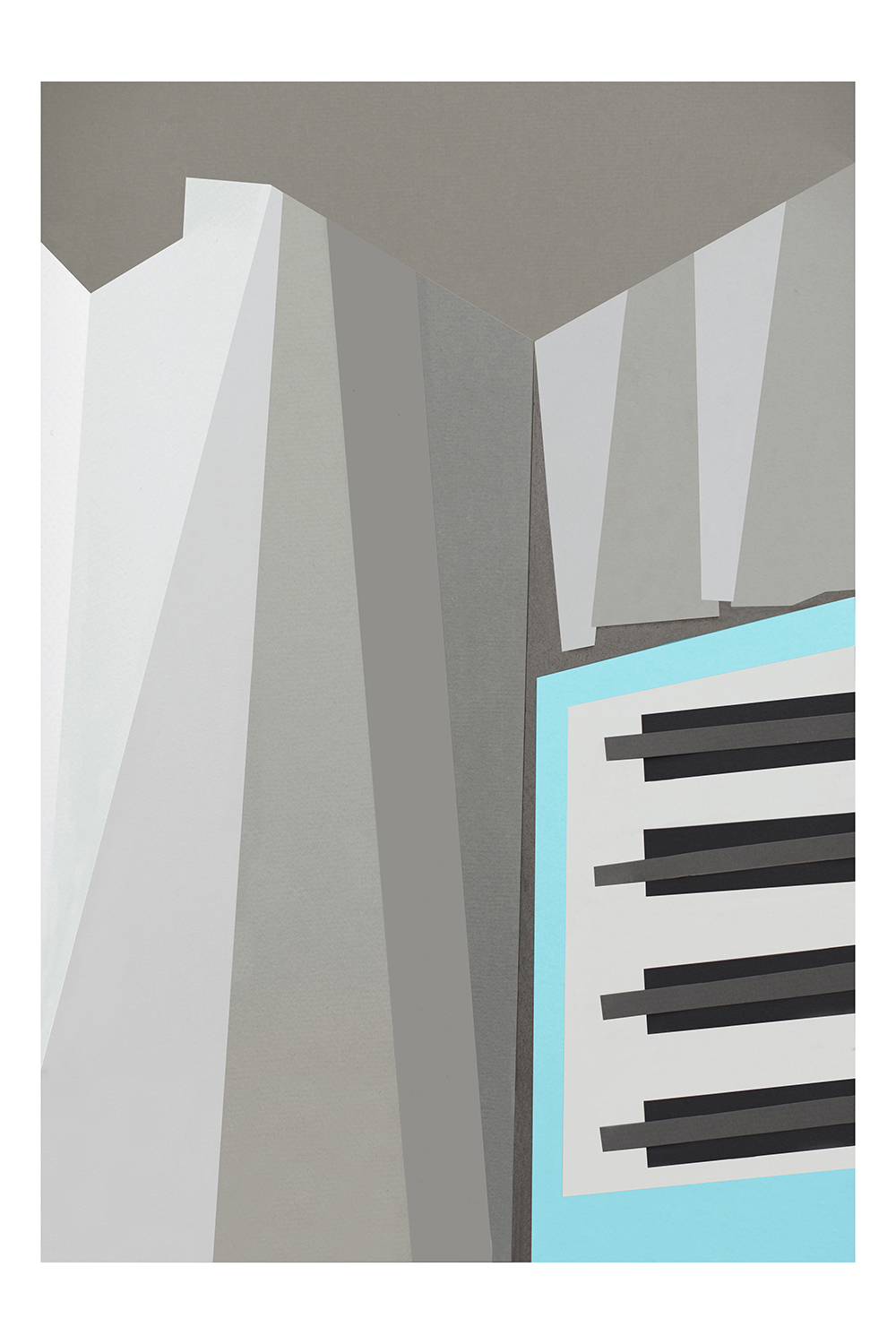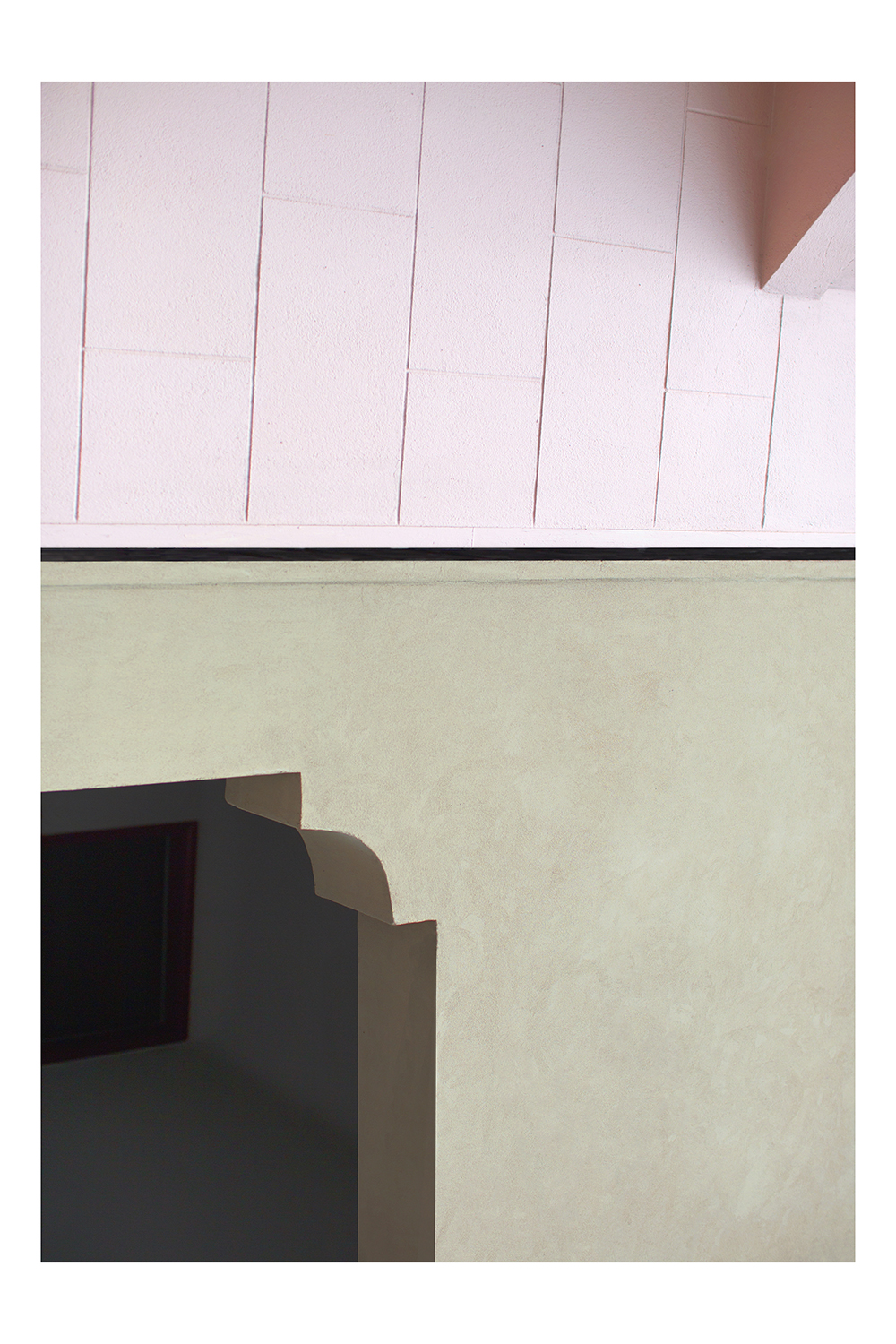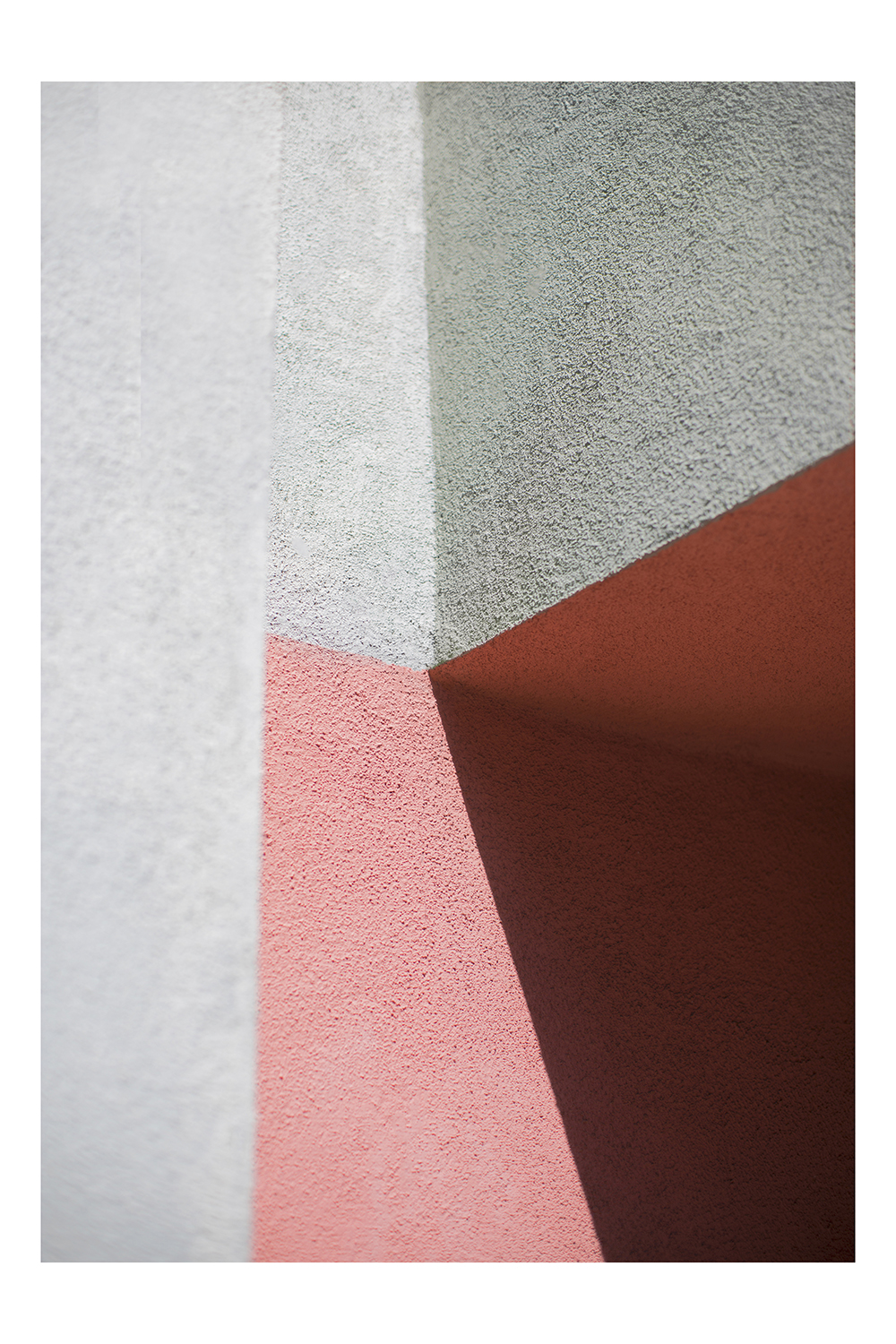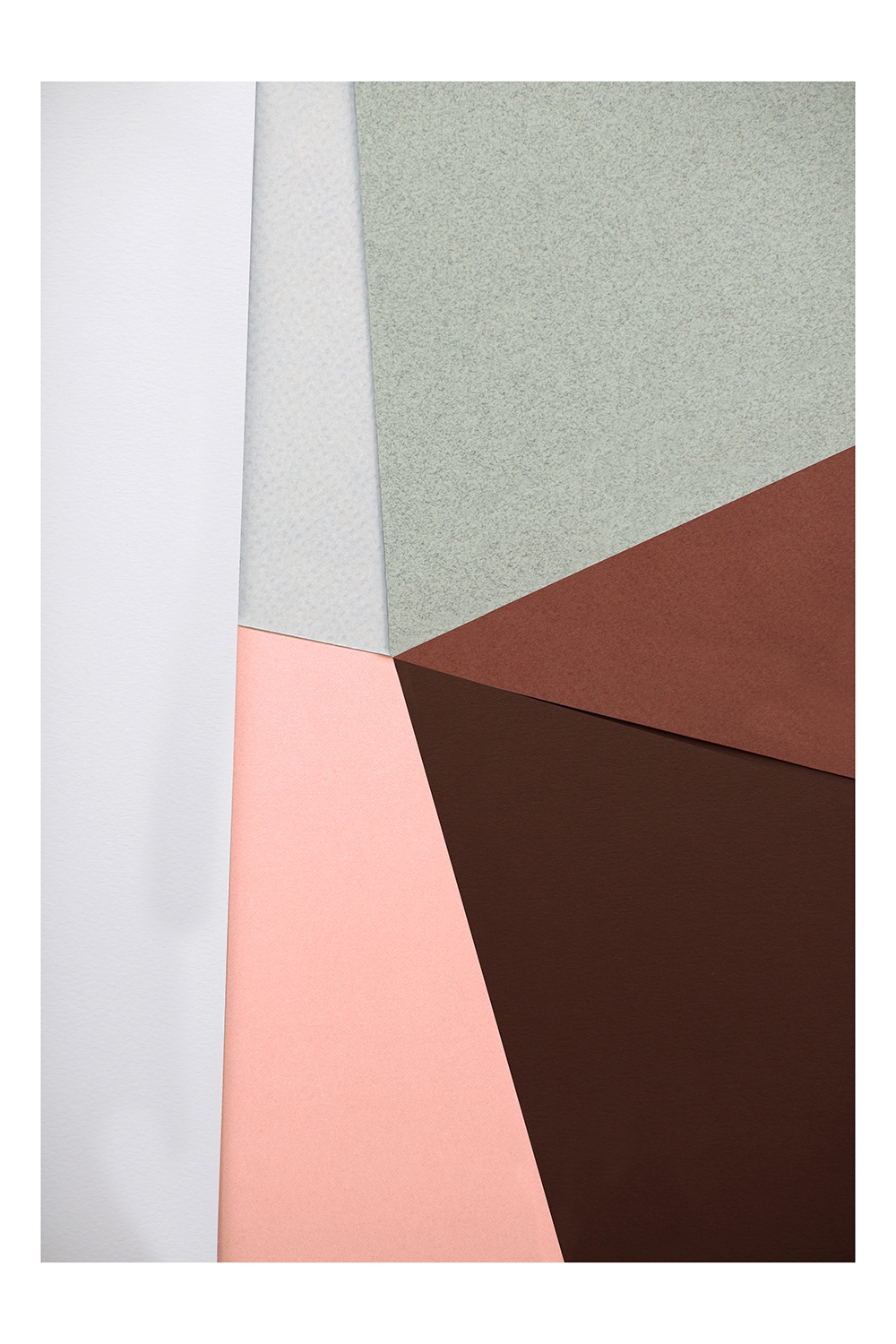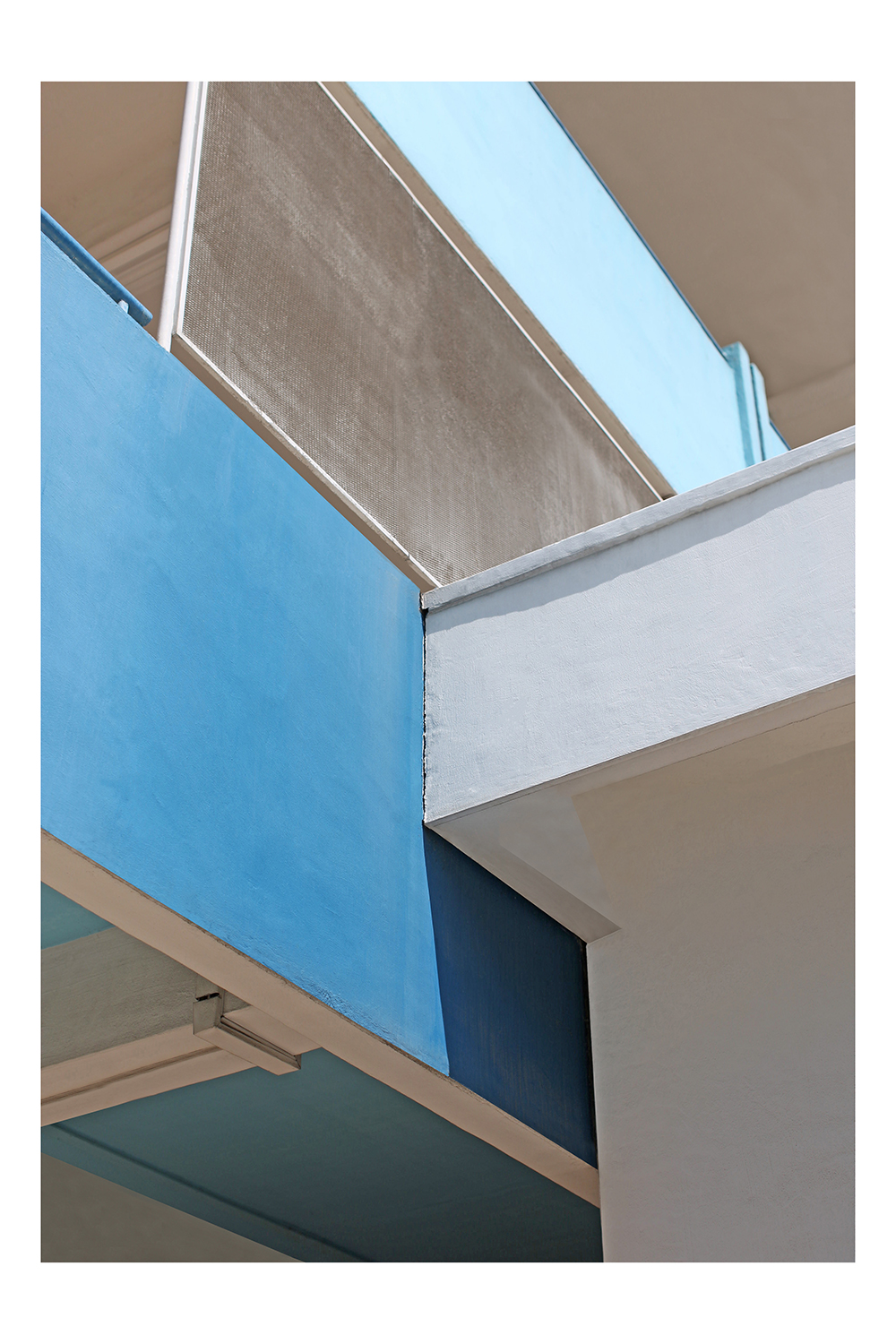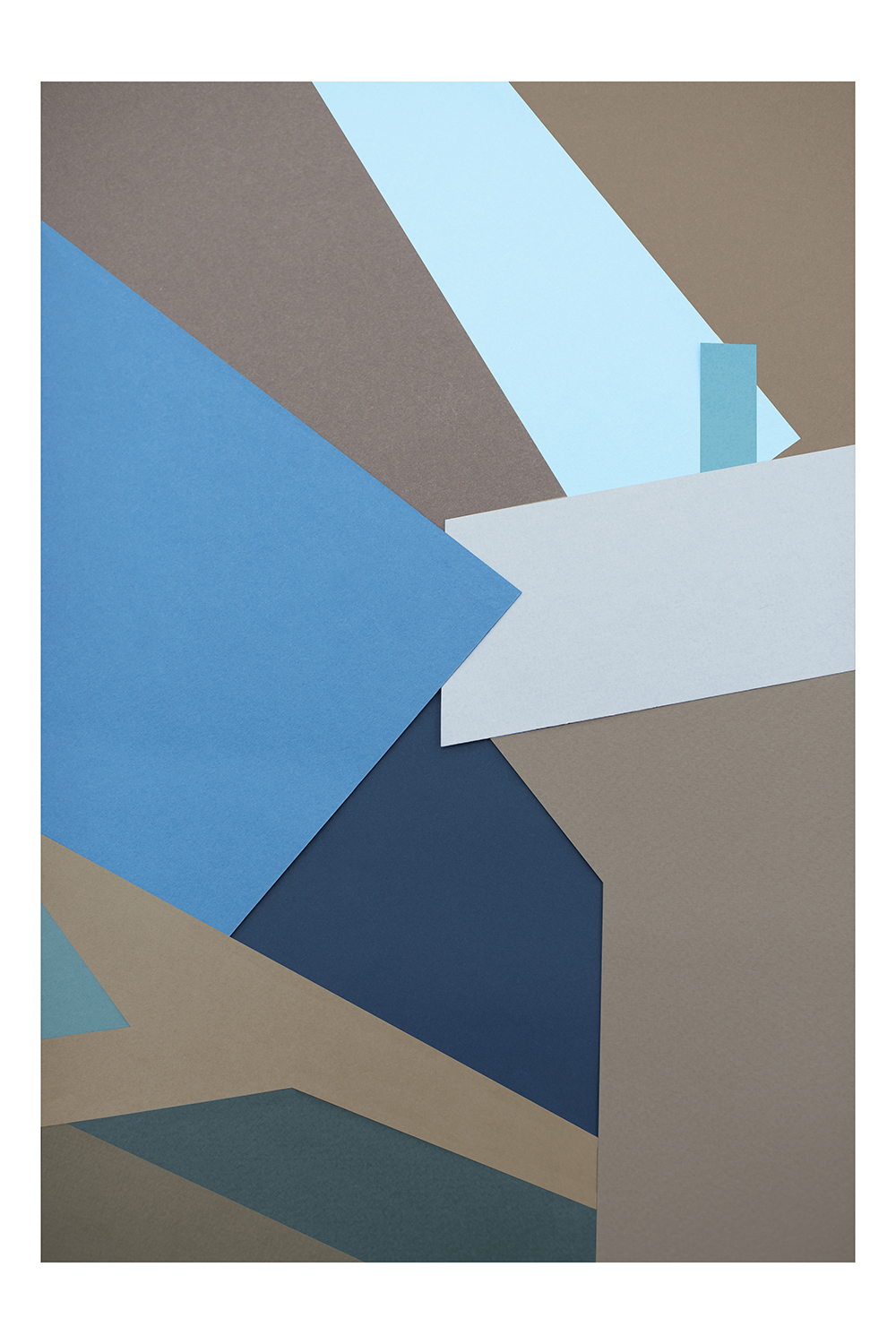Nina Band | Abstract Divergence
Nina Band’s Abstract Divergence explores the boundary between reality and its representation. She tells us that her “intention is to challenge [the viewer’s] perceptions of angles, shapes and perspectives.” These images draw in the eye with their aesthetic balance and a particular playful tension in the lines and dimensions. Nina’s work leaves the viewer wrestling with the abstractions simmering just below the surface of her original compositions. - Editor
What brought you to photography?
I’ve always been a creative person and fortunately I was able to attend a secondary school that specialised in the arts. In the ending years, we were able to narrow down our choices and become more specific towards the art direction we wished to take, which was when I decided to pursue photography.
Who are your photographic influences?
Ward Roberts' delicate use of coloring and understanding of space inspires the way I approach my surroundings before capturing what I find aesthetically pleasing. His imagery does include a little more context than mine, but I enjoy the nervous uncertainty I get when I view his images, from the lack of presence within the scenes.
However, Thomas Demand has always been my biggest inspiration. He was a huge influence towards replicating my images into paper form. I remember going to see his “Dailies” exhibition in New York and enjoying the confusion between what I assumed was reality, but actually turned out to be cleverly constructed paper representations.
Lastly, during my final year of university I stumbled across an amazing book by Alain de Botton called "The Happiness of Architecture". This book and his theories opened my eyes and mind to an alternative way of photographing architecture, which is where my very specific and intimate frames come from.
Tell us about the steps and processes that go into making your photographs.
Firstly, I research into an area or a specific build before visiting, to grasp a sense of what I’m going to be able to capture. I used to shoot all of my location images on film, however I have started to use digital for recent projects. However, I always make sure I have a limited amount of space on my memory card, so I end up using my digital like a film camera to be specific with the images I decide to capture, as I get more satisfaction that way.
Once I’ve narrowed down the images that I’m pleased with, I focus on the shapes, lines and angles within the frame. With an abstract mentality, I dissect all of these components to piece them back together, to finally recreate a paper representation of the original. I then process these images through Photoshop to make them look even more two-dimensional, to increase the intention of confusing my audience between the real and the representation.
What does being a photographer bring to your life?
I think photography has enabled me to be who I really am and see in an alternative way. From my most recent projects, I am now able to view my surroundings in separate dimensions; challenging the way I see and respond to create something I think others may find interesting.
What is this project about?
Abstract Divergence is the next step on from my last project Pensive Dimensions and is all about an abstract vision of architecture, which focuses on the way we perceive shapes and forms within complex spaces. Capturing minimalistic architecture has allowed me to understand and appreciate the simplicity of certain structures. In reaction to my architectural images, I have constructed paper representations that break down the shapes from the original photographs, as an alternative interpretation of the way we see forms. From doing this, my main intention is to challenge my audiences’ perceptions of angles, shapes and perspectives. By constructing images that look identical from the initial encounter, it formulates confusion between the two. However when viewed for longer, details become clearer and the two images become separate.
Follow:
Web: http://www.ninaband.com
Instagram: @ninbnd
Twitter: @ninbnd

